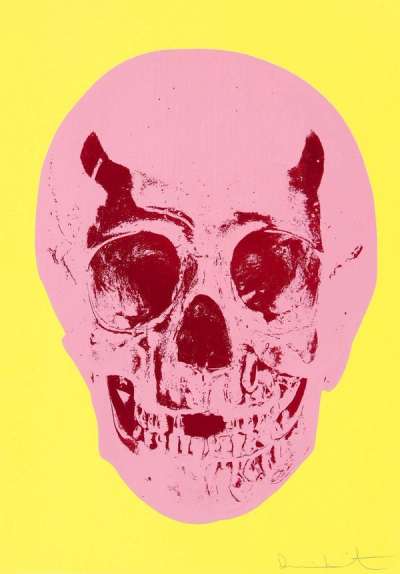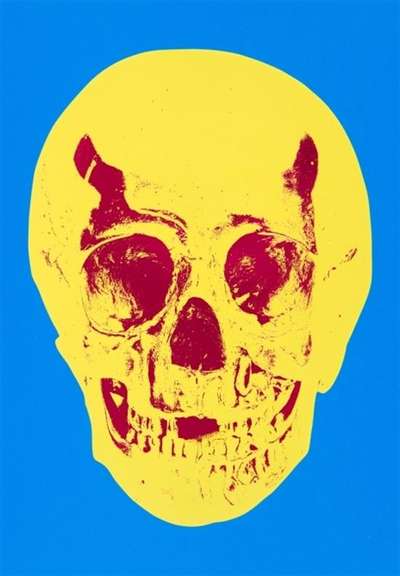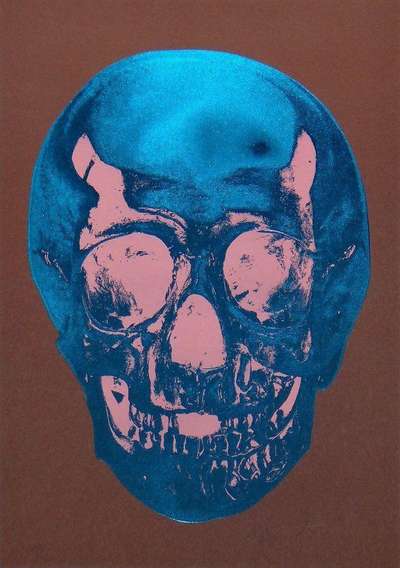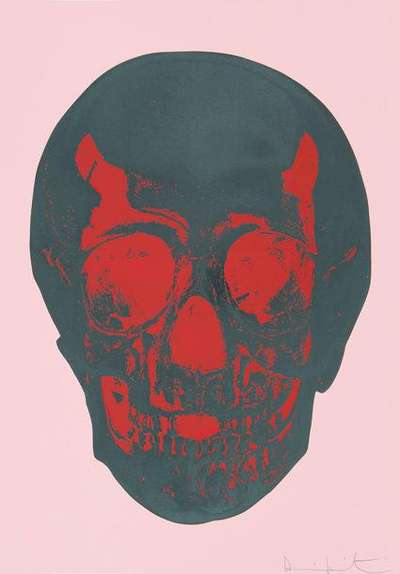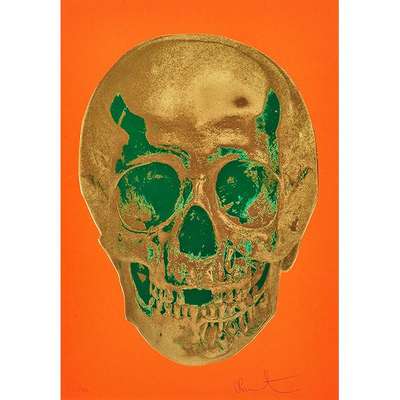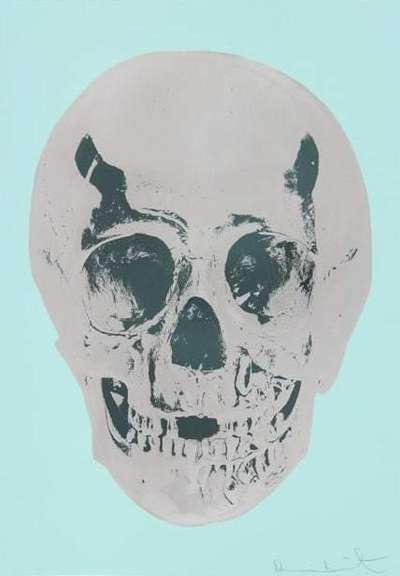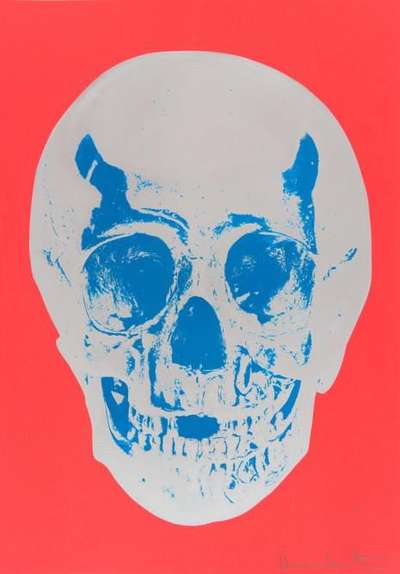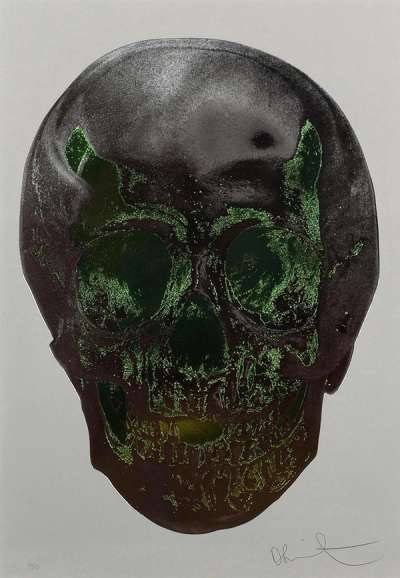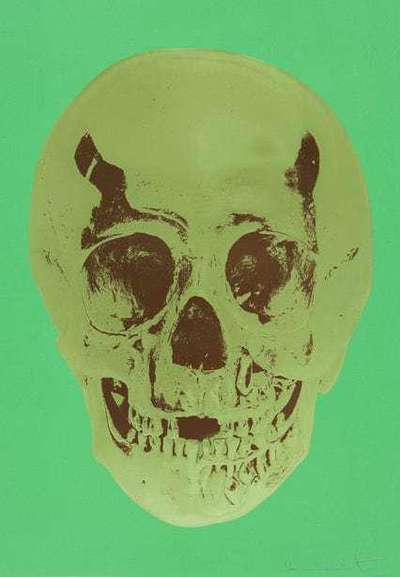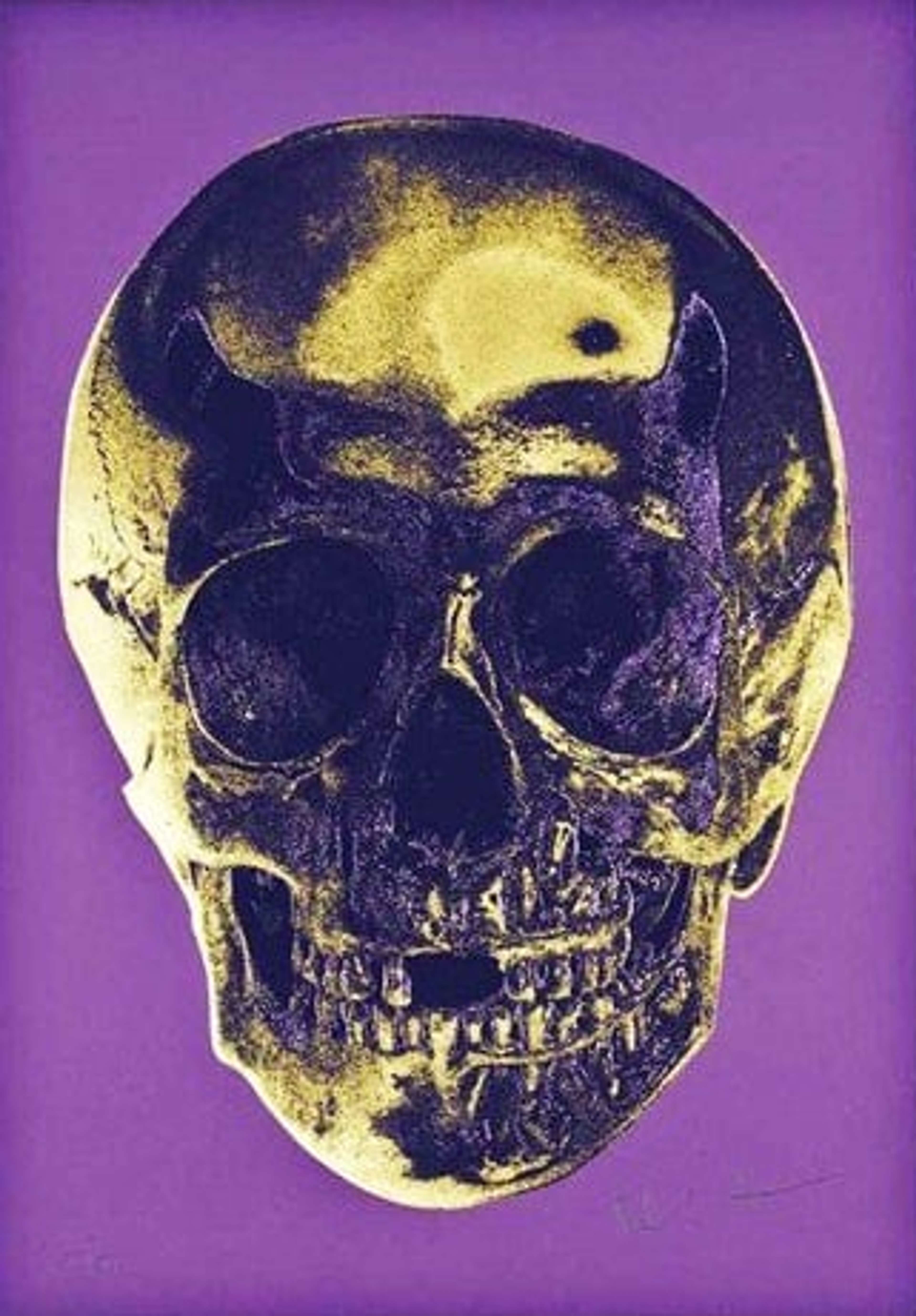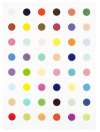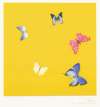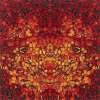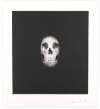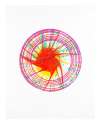Till
Death Do Us Part
Damien Hirst's 2010 Till Death Do Us Part prints explore the theme of mortality through a pointedly Pop-Art aesthetic. Each print features a two-dimensional skull against a bright backdrop, loudly inviting the viewer to confront their own mortality.
Damien Hirst Till Death Do Us Part For sale
Till Death Do Us Part Value (5 Years)
With £9262 in the past 12 months, Damien Hirst's Till Death Do Us Part series is one of the most actively traded in the market. Prices have varied significantly – from £2006 to £47250 – driven by fluctuations in factors like condition, provenance, and market timing. Over the past 12 months, the average selling price was £3087, with an average annual growth rate of 1.8% across the series.
Till Death Do Us Part Market value
Auction Results
Sell Your Art
with Us
with Us
Join Our Network of Collectors. Buy, Sell and Track Demand
Meaning & Analysis
Published in 2010, Hirst’s Til Death do us Part hits us head on with a series of bright, saturated screen prints of a front-facing human skull. Every print in the series shows a silkscreen image of a human skull facing directly out towards the viewer. The image of the skull used in each print is taken from a photograph and flattened, depicted in saturated, block colours.
This series is undoubtedly inspired by the Pop artist Andy Warhol and his many brightly coloured screen prints that he is renowned for. Warhol was obsessed with the reproduction of images in mass culture, hence his repetition of the same subject several times across a single series and Hirst plays on this fascination with repetition and reproduction. The repetition of a single image across the entire series explores the concept of democratising high art and mimics mass-media imagery. Before Hirst, Warhol was also preoccupied with the iconography of death, depicting skulls in many variations in the latter stage of his career. Through his obsessive repetition of the skull throughout the Till Death Do Us Part series and his wider body of work, Hirst both desensitises and amplifies the permeating human condition of mortality.
Hirst takes a playful approach to the art historical genre of still life painting, the subject of the skull referencing the ‘vanitas’ still life genre. Vanitas paintings throughout history have functioned as a reminder of human mortality and the fragility of life, a theme that is present throughout much of Hirst’s works. Hirst’s use of vivid non-naturalistic colours points produces a jarring effect on the viewer, set in contrast to the morbid subject matter.
Rendering the fine detail of the skull and setting this against the dark backdrop, Hirst produces a highly simplistic image that finds universally engaging triggers. This contrast between bold colour, the flat backdrop and the realistic image plays with Hirst’s concern with facts and truth that images are assumed to depict.
